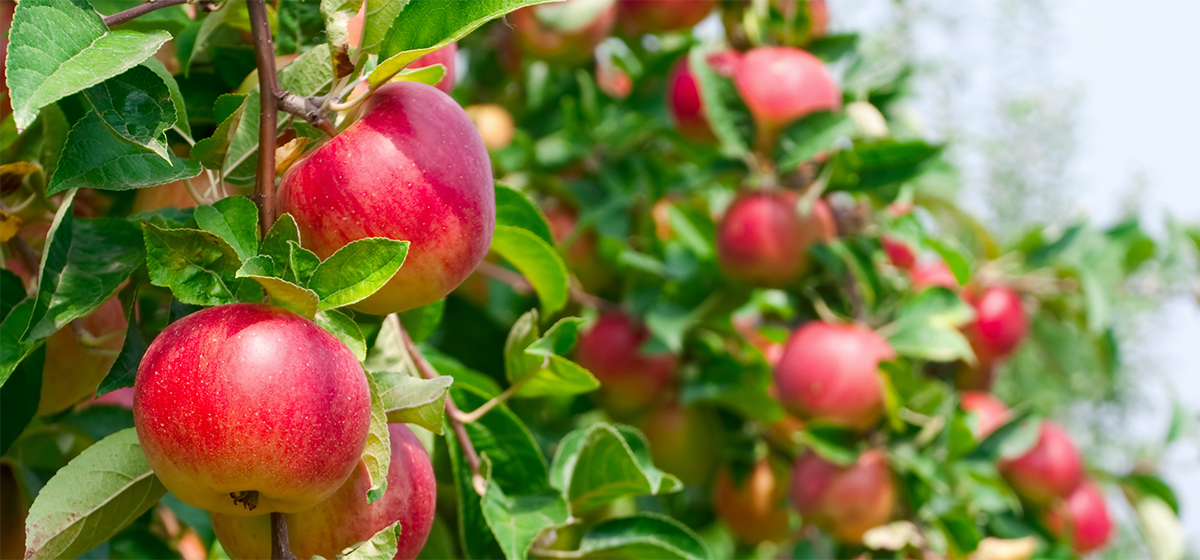After the devastating impact of Cyclone Gabrielle on so many in the horticultural sector, next season will be all about recovery and trying to make the surviving trees as productive as possible.
It’s a minor issue in contrast to the huge disruption caused by the cyclone, but apple and pear growers can at least rely on Polyram® DF as a familiar mainstay in their crop protection programmes, following regulatory pressure in the European Union.
Polyram® DF has played a vital protective role in our pipfruit orchards for decades. It’s also registered for use in vineyards.
Tim Herman, Senior Technical Services Specialist – Crop Protection with BASF New Zealand Ltd, explains: “Metiram, the fungicide active ingredient in Polyram, has been undergoing a review in Europe as the current 10-year registration term ends. This review has not been completed so its registration has been extended until 31 January 2024. This welcome news from Europe clears its use on all export apple and pear crops for at least another season.”
Tim says their team is working hard to defend Polyram in Europe.
“We know many apple and pear growers rely heavily on Polyram’s effective control of black spot and the good fruit finish that it’s so well known for. Polyram can also play an important role in downy mildew programmes for wine grapes.”
Its multisite mode of action makes Polyram’s active ingredient, metiram, less vulnerable to resistance than more recent single-site fungicides, so it should remain equally effective for many more years to come.
“As you probably know, Polyram makes an effective tank-mix partner with single-site fungicides, reinforcing their effectiveness and ensuring higher levels of control. This helps control any pathogens that may exhibit reduced sensitivity to any newer mode of action products.
Metiram is from the ethylene bisdithiocarbamate group of fungicides, more commonly known as the EBDCs. These fungicides were first registered in the 1940s and other actives in the same group include mancozeb, thiram and ziram. In recent years mancozeb has been confirmed as an endocrine disruptor with potentially harmful effects on humans and animals. As a result, the mancozeb registration was cancelled in 2020 and it cannot be used on any crops in the European Union.
Tim says the conundrum that this has caused is that residues of the EBDC fungicides are all measured through the presence (or absence) of carbon disulphide (CS2).
“At present there is no residue test to distinguish between the different active ingredients in the group. To further confuse the situation, CS2 can form naturally so the presence of CS2 residue does not conclusively mean EBDC fungicides have been used.”
If the verdict goes against metiram, there will be a phase-out period in the European Union to allow existing stocks to be used. After that, it is expected that any exports going into the European Union will be required to be at a nil detectable level (<LoQ – less than the Level of Quantification).
Tim notes that it’s worth bearing in mind that this possible change is limited to European Union member countries for the moment and Polyram remains approved in all the other major markets.
The local BASF team remains confident that Polyram will still be available to continue
doing a great job for New Zealand growers for many more seasons ahead.

